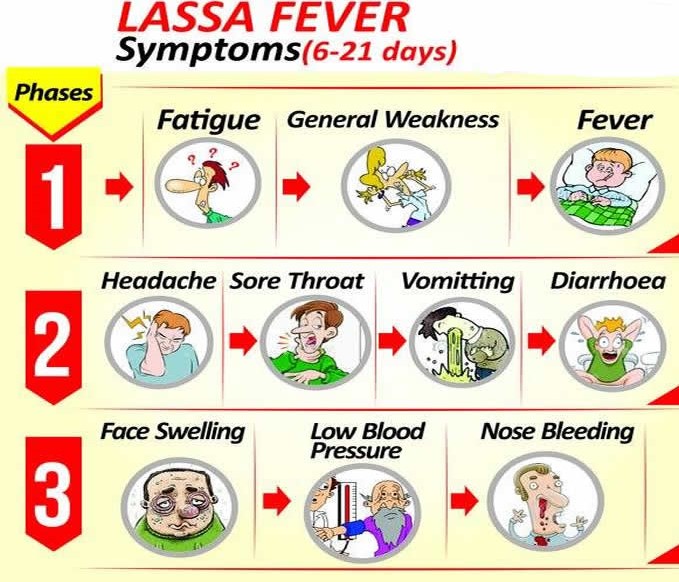The Nigeria Centre for Disease Control and Prevention says poor awareness and poor environmental sanitation conditions have been observed as the challenges in communities with high burden of Lassa fever infection.
The NCDC also said other challenges are poor health-seeking behaviour due to the high cost of treatment and clinical management of Lassa fever and late presentation, leading to an increase in case fatality rate.
The centre disclosed this in its latest Lassa fever situation report released on Friday.
The report showed that the haemorrhagic disease has killed at least 104 Nigerians in just two months in 2023, as the number of confirmed cases are now 636.
The cases are recorded from 22 and 88 Local Government Areas since the beginning of the year to February 26, 2023.
A total of 2,978 suspected cases were also recorded in the period under review.
With the current death toll, the public health institution noted that the case-fatality ratio of the outbreak stands at 16.4 per cent.
It added that the predominant age group affected in the country was 21 to 30 years, with the male-to-female ratio for confirmed cases being 10:9.
According to the World Health Organisation, Lassa fever is an acute viral hemorrhagic illness caused by the Lassa virus, a member of the arenavirus family of viruses. Humans usually become infected with the Lassa virus through exposure to food or household items contaminated with the urine or feces of infected Mastomys rats. The disease is endemic in the rodent population in parts of West Africa.
Lassa fever is known to be endemic in Benin, Ghana, Guinea, Liberia, Mali, Sierra Leone, Togo, and Nigeria, but probably exists in other West African countries as well.
Person-to-person infections and laboratory transmission can also occur, particularly in healthcare settings in the absence of adequate infection prevention and control measures.
The NCDC report partly read, “70 per cent of all confirmed Lassa fever cases were reported from these three states (Ondo, Edo, and Bauchi) while 30 per cent were reported from seven states with confirmed Lassa fever cases. Of the 70 per cent confirmed cases, Ondo reported 33 per cent, Edo 28 per cent, and Taraba nine per cent.
“The number of suspected cases increased compared to that reported for the same period in 2022.
“Four new Healthcare workers were affected in the reporting week eight.”


